Significance
Zhulian Temple is one of the three main temples in the Hsinchu area, along with City God Temple and Chang Ho Temple. As the oldest Buddhist temple in Hsinchu, Zhulian Temple is a living repository of local agricultural and religious development. The temple preserves many relics from the Qing Dynasty, the most valuable of which are the three golden sculpted clay figurines of Guanyin (Goddess of Mercy) in the main hall, the sculptures of the Eighteen Arhats, and the “Kindness and Mercy” (dàhǎicíyún) plaque bestowed by Emperor Guangxu of China. The beautiful dragon-tiger wall friezes (lónghǔdǔ) in the main hall were created by Koji ceramics master Jhu Chao Fong during the temple’s 1951 renovation. Shaped and fired on site, these ceramic decorations display precise craftsmanship and elegance of overall composition. The sheer scale of these Koji pieces was also very rare at the time. The wall friezes , together with the vivid decoration, cut-and-paste porcelain (jiǎnnián), and sculptures housed in the temple greatly enhance Zhulian Temple’s architectural importance.
History
|
Zhulian Temple is commonly known as Hsinchu Guanyin Pavilion because of the origin of the temple. According to legend, a local farmer found a sculpture of Guanyin in the early 18th century and decided to build a small pavilion outside of the city’s south gate to enshrine it. Prayers at the shrine for peace and safety were always answered, and so in 1781, local believers donated a piece of land for the building of Zhulian Temple. The temple underwent its first renovation in 1825, with Lin Xiang-yun, a local gentry, being a key contributor. A second renovation was carried out from 1866 to 1873. In 1888, Hsinchu suffered a devastating drought. Local officials’ prayers for rain were answered. Subsequently, Emperor Guangxu bestowed the “Kindness and Mercy” (dàhǎicíyún) plaque on the temple in recognition of Guanyin’s divine power. In 1937, Japan began promoting Japanization in Taiwan, and dismantled local temples and religious iconography in an effort to quash local religion. Only Zhulian Temple, City God Temple, and Chang Ho Temple were allowed to remain. The most recent renovation of Zhulian temple was done in 1958. With newly raised funds, Zhulian temple added five new gates, a belfry, and a drum tower, culminating in a magnificent architectural achievement. |
Special Features
1A Plaque from the Emperor The “Kindness and Mercy” (dàhǎicíyún) plaque The “Kindness and Mercy” (dàhǎicíyún) plaque has an interesting origin. In 1887, the Hsinchu area was reeling from a terrible drought. A local official, Fang Zu-yin, prayed to the City God, the Dragon King of the Dragon King Temple, and Guanyin (Goddess of Mercy) of Zhulian Temple for rain to end the disaster. It is said that Guanyin promised to answer the prayer and accordingly sent rain later when her sculpture was brought out of the temple for a pilgrimage. Before the tour had arrived at Nanliao Harbor, only ten kilometers away, rain began pouring down, bringing the drought to an end. This incident was reported to the Governor of Taiwan, Liu Ming-chuan (1836 – 1896), who then presented a memorial on the subject to Emperor Guangxu in Beijing. In grateful recognition of Guanyin’s help, the emperor bestowed the “Kindness and Mercy” (dàhǎicíyún) plaque on Zhulian Temple. The plaque consists of black characters on a gilded background with a classic design of two dragons battling for a pearl decorating it. The Imperial Seal of the Guangxu Emperor is carved at the top center of the plaque.
The “Kindness and Mercy” (dàhǎicíyún) plaque has an interesting origin. In 1887, the Hsinchu area was reeling from a terrible drought. A local official, Fang Zu-yin, prayed to the City God, the Dragon King of the Dragon King Temple, and Guanyin (Goddess of Mercy) of Zhulian Temple for rain to end the disaster. It is said that Guanyin promised to answer the prayer and accordingly sent rain later when her sculpture was brought out of the temple for a pilgrimage. Before the tour had arrived at Nanliao Harbor, only ten kilometers away, rain began pouring down, bringing the drought to an end. This incident was reported to the Governor of Taiwan, Liu Ming-chuan (1836 – 1896), who then presented a memorial on the subject to Emperor Guangxu in Beijing. In grateful recognition of Guanyin’s help, the emperor bestowed the “Kindness and Mercy” (dàhǎicíyún) plaque on Zhulian Temple. The plaque consists of black characters on a gilded background with a classic design of two dragons battling for a pearl decorating it. The Imperial Seal of the Guangxu Emperor is carved at the top center of the plaque.
2Sculptures of Guanyin in the Main Hall There are three golden clay sculptures of Guanyin enshrined in the main hall, each wearing the jeweled crown of the five Buddhas. They are known as the First Mazu (dàmā), the Second Mazu (èrmā), and the Third Mazu (sānmā), respectively. The First Mazu, which sits farthest back, is the original Guanyin statue of Zhulian Temple. The Second Mazu was brought from Fayu Temple in Zhejiang, China. This was the statue that was carried on the 1888 pilgrimage in Hsinchu after promising rainfall to end the drought. The Third Mazu, placed nearest the front due to its smaller size, is the oldest of the three, with a history of over 300 years.
There are three golden clay sculptures of Guanyin enshrined in the main hall, each wearing the jeweled crown of the five Buddhas. They are known as the First Mazu (dàmā), the Second Mazu (èrmā), and the Third Mazu (sānmā), respectively. The First Mazu, which sits farthest back, is the original Guanyin statue of Zhulian Temple. The Second Mazu was brought from Fayu Temple in Zhejiang, China. This was the statue that was carried on the 1888 pilgrimage in Hsinchu after promising rainfall to end the drought. The Third Mazu, placed nearest the front due to its smaller size, is the oldest of the three, with a history of over 300 years.
3Wooden Gandharva Sculptures A sculpture of a Buddha with folded hands and spread wings can be found on each side of the main beam in the main hall. They are images of Gandharva, a male nature spirit. According to the Lotus Sutra, a Buddhist text, Guanyin appears in thirty-two different forms to meet the various needs of the people, and Gandharva is one of them. Zhulian Temple is the only temple in the country with this design.
A sculpture of a Buddha with folded hands and spread wings can be found on each side of the main beam in the main hall. They are images of Gandharva, a male nature spirit. According to the Lotus Sutra, a Buddhist text, Guanyin appears in thirty-two different forms to meet the various needs of the people, and Gandharva is one of them. Zhulian Temple is the only temple in the country with this design.
4The Eighteen Arhats
 The statues of the Eighteen Arhats (an enlightened person, similar to the concept of a saint in Christianity) at either side of the main hall were made more than 170 years ago, and no record remains of their creator. Although the statues are simple in design, they were stolen from the temple at one point in the past. However, when believers inquired of Guanyin, they were told that the Arhats were simply out on a trip and would return in three years. Miraculously, they were indeed found by customs officers three years later and returned to the temple.
The statues of the Eighteen Arhats (an enlightened person, similar to the concept of a saint in Christianity) at either side of the main hall were made more than 170 years ago, and no record remains of their creator. Although the statues are simple in design, they were stolen from the temple at one point in the past. However, when believers inquired of Guanyin, they were told that the Arhats were simply out on a trip and would return in three years. Miraculously, they were indeed found by customs officers three years later and returned to the temple.
5The Dragon-Tiger Wall Friezes (lónghǔdǔ)
 Zhulian Temple underwent a major renovation in 1951 which was sponsored and led by local residents. The cut-and-paste porcelain (jiǎnnián)and Koji ceramics then added were mostly the works of Jhu Chao-fong. A native of the Hsinchu area, Jhu was the only apprentice from Taiwan of renowned craft master Su Yang-shui (1894-1961). Several of the works were created by Master Chen Tian-chi. The Koji ceramics were shaped and fired behind the main hall of the temple, and they were installed inside once the work was done. Reliefs of such complexity and size were rarely attempted at the time, yet the artisans were still able to display precise craftsmanship and elegance of overall composition. Master Jhu’s clay sculptures of Skanda and Garan, guardians of Buddhist temples, which can be seen in the center of the hall, are also a valuable part of the temple collection.
Zhulian Temple underwent a major renovation in 1951 which was sponsored and led by local residents. The cut-and-paste porcelain (jiǎnnián)and Koji ceramics then added were mostly the works of Jhu Chao-fong. A native of the Hsinchu area, Jhu was the only apprentice from Taiwan of renowned craft master Su Yang-shui (1894-1961). Several of the works were created by Master Chen Tian-chi. The Koji ceramics were shaped and fired behind the main hall of the temple, and they were installed inside once the work was done. Reliefs of such complexity and size were rarely attempted at the time, yet the artisans were still able to display precise craftsmanship and elegance of overall composition. Master Jhu’s clay sculptures of Skanda and Garan, guardians of Buddhist temples, which can be seen in the center of the hall, are also a valuable part of the temple collection.
6Cloisonné Incense Burner Unlike most incense burners, the one at Zhulian Temple is decorated with cloisonné rather than being made of the typical unadorned bronze or stone.
Unlike most incense burners, the one at Zhulian Temple is decorated with cloisonné rather than being made of the typical unadorned bronze or stone.
Reminders
The five notable festivals at Zhulian Temple are the Lantern Festival (on the 15th of the first lunar month), Guanyin’s Birthday (on the 19th of the second lunar month), Buddha’s Birthday (on the 8th of the fourth lunar month), Guanyin Enlightenment Day (on the 19th of the sixth lunar month), and the anniversary of Guanyin’s entry into monkhood (on the 19th of the ninth lunar month).
Panoramic
Directions